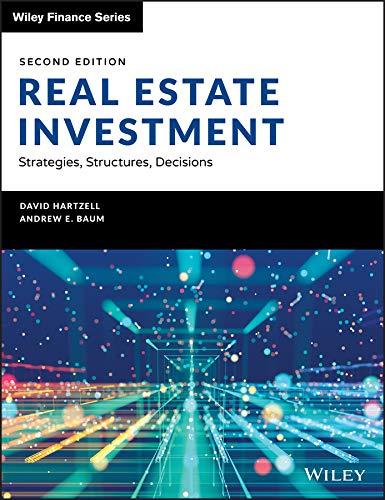Answered step by step
Verified Expert Solution
Question
1 Approved Answer
Therefore, instead of asking what sales must be to produce an accounting profit, it is more useful to focus on the point at which NPV
Therefore, instead of asking what sales must be to produce an accounting profit, it is more
useful to focus on the point at which NPV switches from negative to positive. This is called the
NPV breakeven point.
The cash flows of the superstore project in each year will depend on sales as follows:
This cash flow will last for years. So to find its present value we multiply by the year
annuity factor. With a discount rate of the present value of $ a year for each of years is
$ Thus the present value of the cash flows is
cash flows sales $ million
The project breaks even in present value terms that is has a zero NPV if the present value of
these cash flows is equal to the initial $ million investment. Therefore, breakeven occurs
when
cash flows investment
sales $ million $ million
sales $ million $ million
Sales $ million
Therefore, the store needs sales of $ million a year for the investment to have a zero NPV
This is more than higher than the point at which the project has zero profit. Can you break this down in a more simple terms. where did the and come from? show the full working of the cash flow as well. Thankyou.

Step by Step Solution
There are 3 Steps involved in it
Step: 1

Get Instant Access to Expert-Tailored Solutions
See step-by-step solutions with expert insights and AI powered tools for academic success
Step: 2

Step: 3

Ace Your Homework with AI
Get the answers you need in no time with our AI-driven, step-by-step assistance
Get Started


